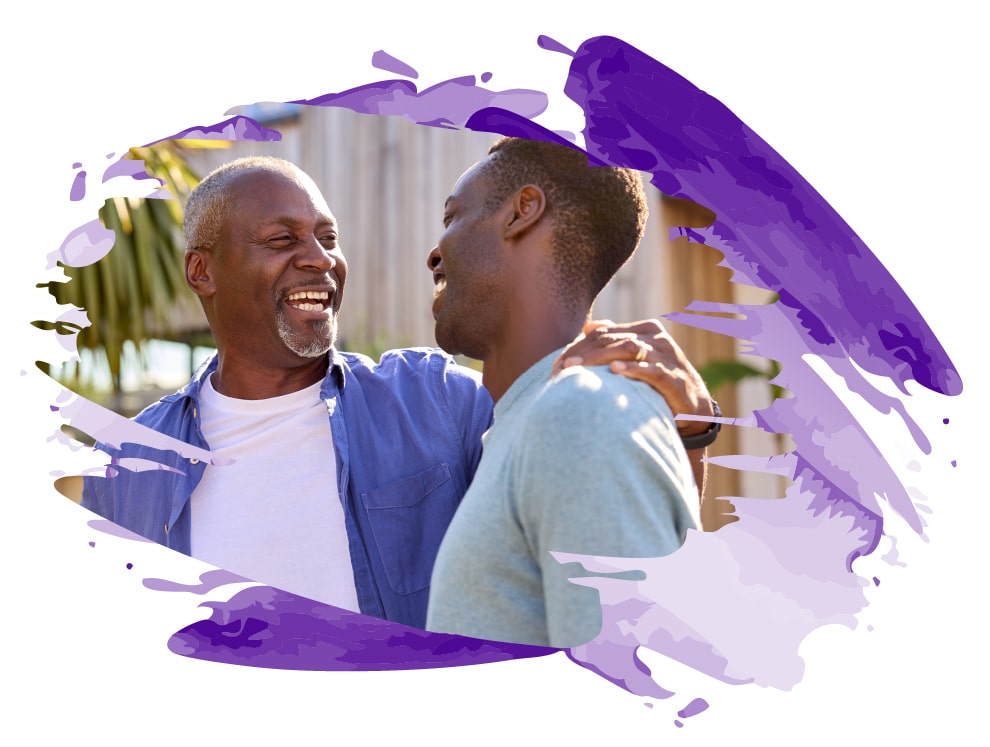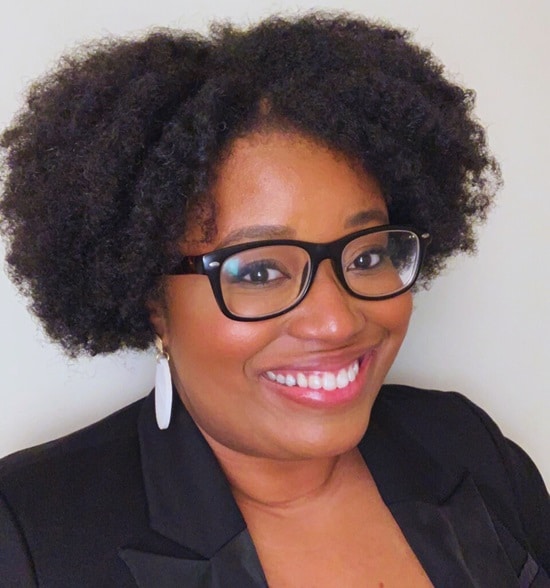Ashon is a 19-year-old who is trying to balance daily anxiety symptoms, a full-time job, and helping out at home. He lives with his mom, grandfather, and younger brother, who is in high school. Ashon loves and cares deeply for his family. However, stressors from his mental health, work, and life often feel overwhelming. When things go wrong, they can lead to arguments at home that leave everyone feeling upset, guilty, and misunderstood.
Like Ashon, many young people of color can face relationship conflicts influenced by factors outside of their control. External pressures like racial stress, financial strain, or balancing responsibilities can shape how you see and respond to conflicts, sometimes without you realizing it. Every day, young people of color are approaching these conflicts creatively and using their cultural traditions to navigate challenges.
At times, conflicts can lead to practical solutions. At other times, they can simply be confusing and exhausting, leading to feelings of being stuck or even hopeless. Understanding conflict cycles and becoming more aware of your needs and goals can help you find a way through conflicts when they arise.
Understanding how a conflict unfolds
When you understand what is happening in a disagreement and why, you can find ways forward. As you make efforts to address disagreements, you may find your work can lessen the impact on your mental health and well-being. Often, conflicts happen within meaningful relationships and stem from a disagreement on goals, values, or actions taken. It’s important to remember that conflict can lead to growth in a relationship when it’s approached promptly and mindfully.
Two ways to grow through a conflict
1. Identify your relationship triggers and possible solutions
While it can be tempting to focus on what happened above the surface during a disagreement, growth can come from digging deeper to understand what led to the conflict. Look at these common relationship triggers and note which feel familiar to you. Then, jot down a few action steps you could take to address the situation next time.
- Feeling excluded or forgotten
- Feeling powerless or trapped
- Feeling unheard or ignored
- Feeling scolded or judged
- Feeling blamed
- Feeling disrespected
- Feeling unloved or uncared for
- Feeling lonely
- Feeling like honesty isn’t possible
- Feeling like a bad person
- Feeling unsafe
- Feeling something was unfair
- Feeling frustrated
- Feeling disconnected
- Feeling a lack of affection or passion
- Feeling like you can’t speak up
- Feeling manipulated or controlled
Pause and reflect
- What is one thing that you can do to help when this trigger shows up?
- What is one thing that they can do to help when this trigger shows up?
2. Stop, think, listen, communicate (STLC) during conflicts
It can be hard to stay grounded, gentle, and focused on problem-solving during a conflict. Having a structured approach to difficult moments can be helpful. The STLC approach offers a way through conflict that is mindful and constructive rather than reactive and destructive.
Four steps to help manage conflict
- Stop: Before responding to a conflict, take a moment to pause and focus on being present. This can help you to avoid reactive responses that can make things worse. As you pause, take a deep breath, step back from the moment, and let yourself process what’s happening. If you need to take a physical break, you might take a walk, get a glass of water, stretch to loosen tense muscles, or try this 4-4-4 breathing exercise.
- Inhale through your nose for a count of four
- Hold your breath for a count of four
- Exhale through your mouth for a count of four
- Repeat the steps at least three times
- Think: After your pause, take a minute to reflect on the conflict. Ask yourself questions to understand what the conflict is about under the surface and what options you might have to address it. Sometimes, you may reflect and decide there are changes you or your loved one can make to help resolve the issue. Other times, you may find the conflict is too big to tackle and removing yourself from the situation is best.
- Listen: If you decide to re-engage, it is important to listen actively to understand other people’s perspective. Good listeners often notice more empathy toward their partners, which can help them find workable solutions.
- Communicate: Once you have stopped, thought, and listened, you can share from a grounded, gentle, and constructive place. Expressing your thoughts and feelings with respect can address misunderstandings and move the relationship forward. Try to offer responses that are positive communications such as:
- Observations: “It seems like we want different things.” Or, “It seems we’re not hearing each other.”
- Clarifications: “I feel upset when I feel unheard by you.”
- Seeking more information: “How do you feel about how we talk to each other?” or “What am I doing that gets you frustrated with me?”
- Empathetic: “I can see how hard this is right now.”
- Highlight commonalities: “We both want to figure this out.”
- Accept responsibility: “You are right. I didn’t show up for you just now.”
- Problem-solving: “Can we brainstorm ideas to make this better?”
- Compromising: “I can make more of an effort to…”
The Takeaway
Conflict happens even in the healthiest relationships. Growing from conflict is possible when you understand its root causes and approach it with emotional awareness. By identifying your triggers and trying conflict resolution strategies, you can transform tough moments into opportunities for growth. Remember, conflict doesn’t define your relationships. When handled mindfully, it can strengthen your bonds and increase the most satisfying parts of your relationships.
References
- Ogolsky, B. G. (Ed.). (2023). The Sociocultural Context of Romantic Relationships. Cambridge: Cambridge University Press.
- The Gottman Institute. (n.d.). How to manage your conflict triggers. Retrieved January 20, 2025, from https://www.gottman.com/blog/manage-conflict-triggers/
- Cahn, D. D., & Abigail, R. A. (2013). Managing Conflict through Communication (5th ed). Pearson Education Limited.

